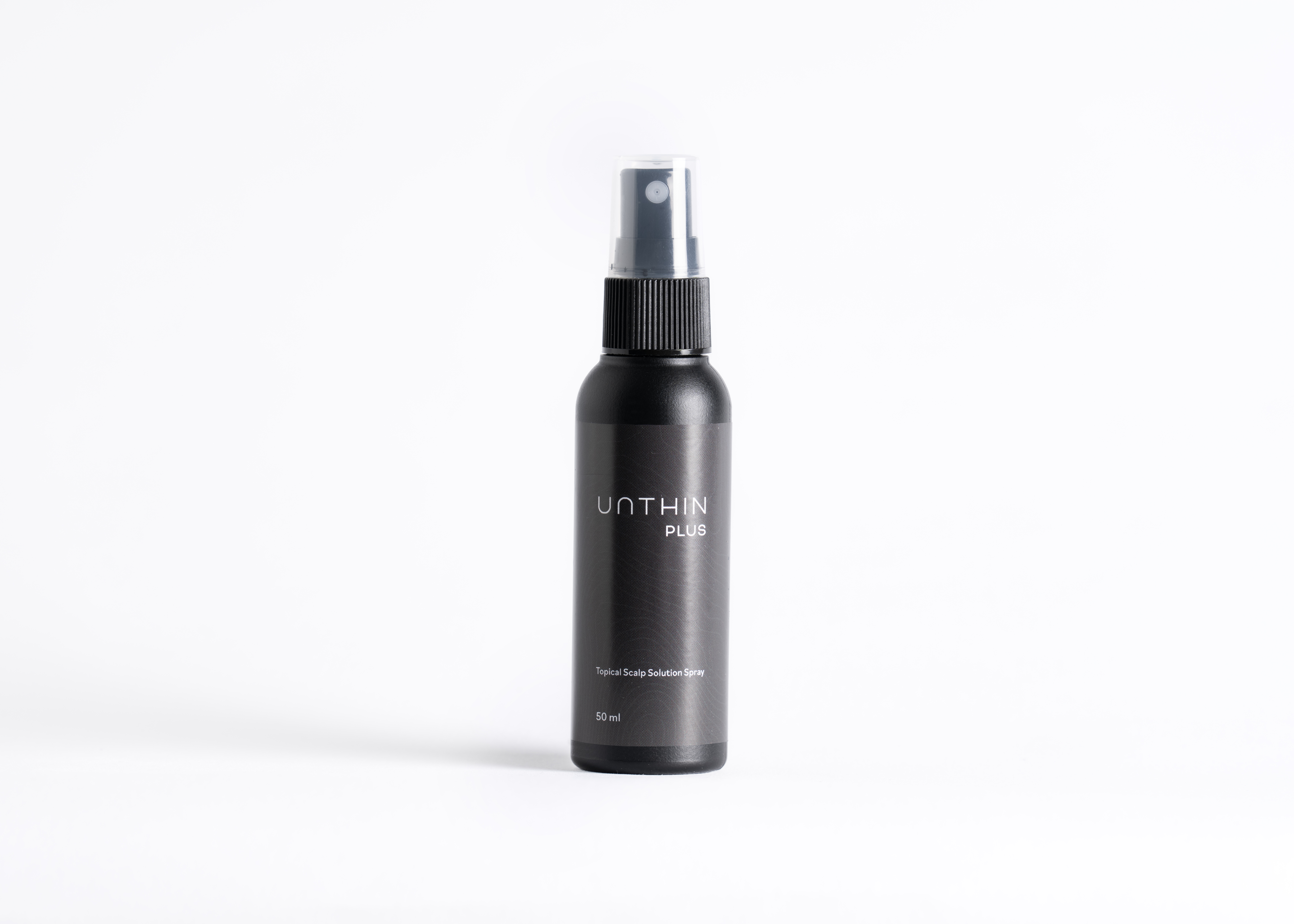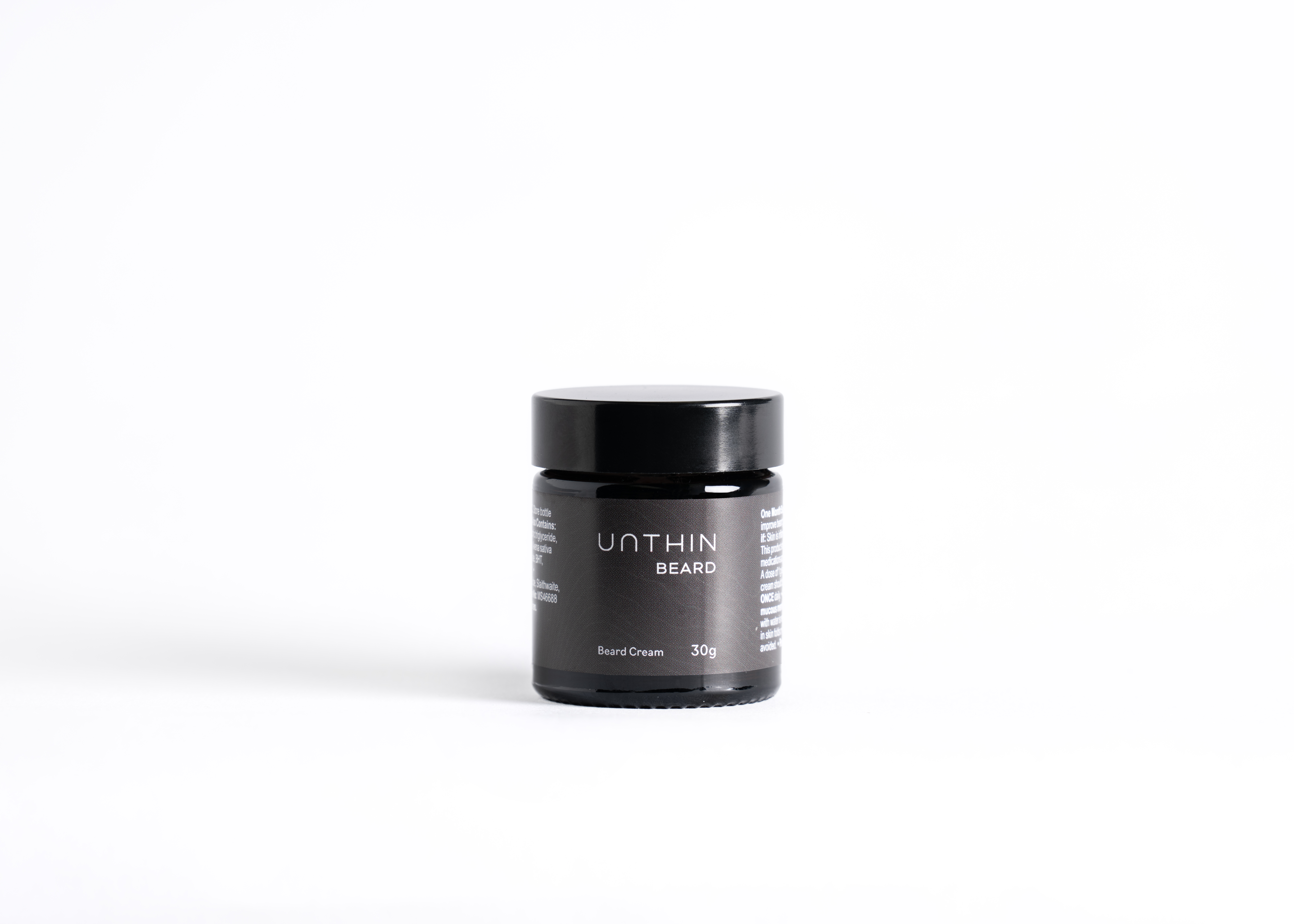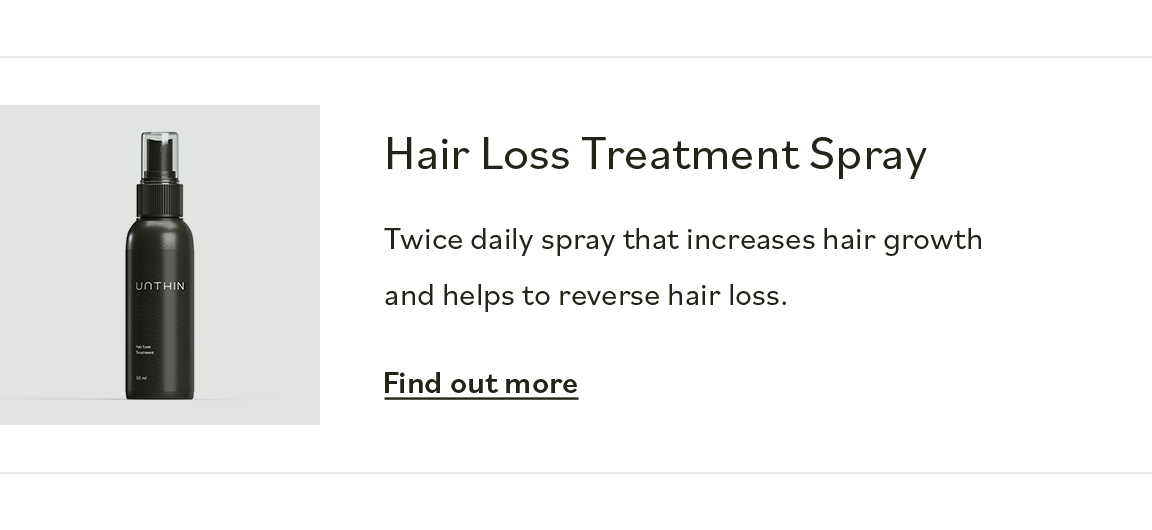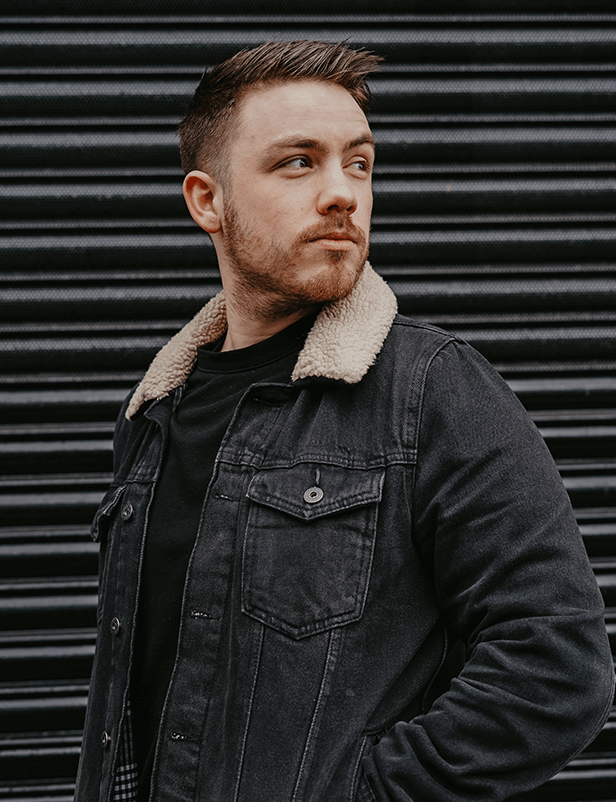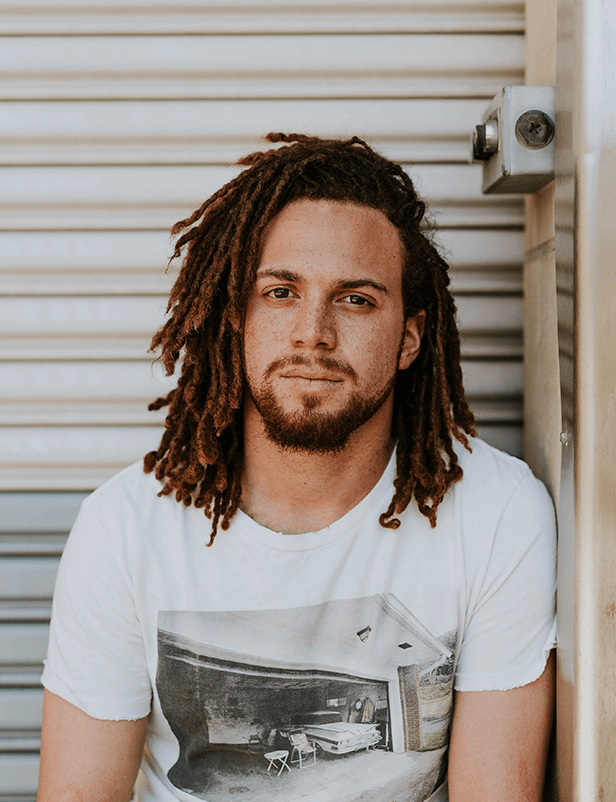The Hair Growth Cycle Explained
The science behind hair growth is truly fascinating. Every hair on your body goes through a life cycle, a complex process that sees them grow, rest, and eventually fall out. We can shed around 50-100 hairs per day, which we tend to notice when brushing or washing our hair.
Hair follicles, which lie beneath the surface of the skin, work to grow hairs and deliver blood and key nutrients to them.
Here, we’ve unpacked the key stages of the hair growth cycle process.
The Hair Growth Cycle
The hair growth cycle involves different stages, including the Anagen, Catagen, Telogen and Exogen phase. All the hairs on our head will be at different points in the life cycle at any one time.
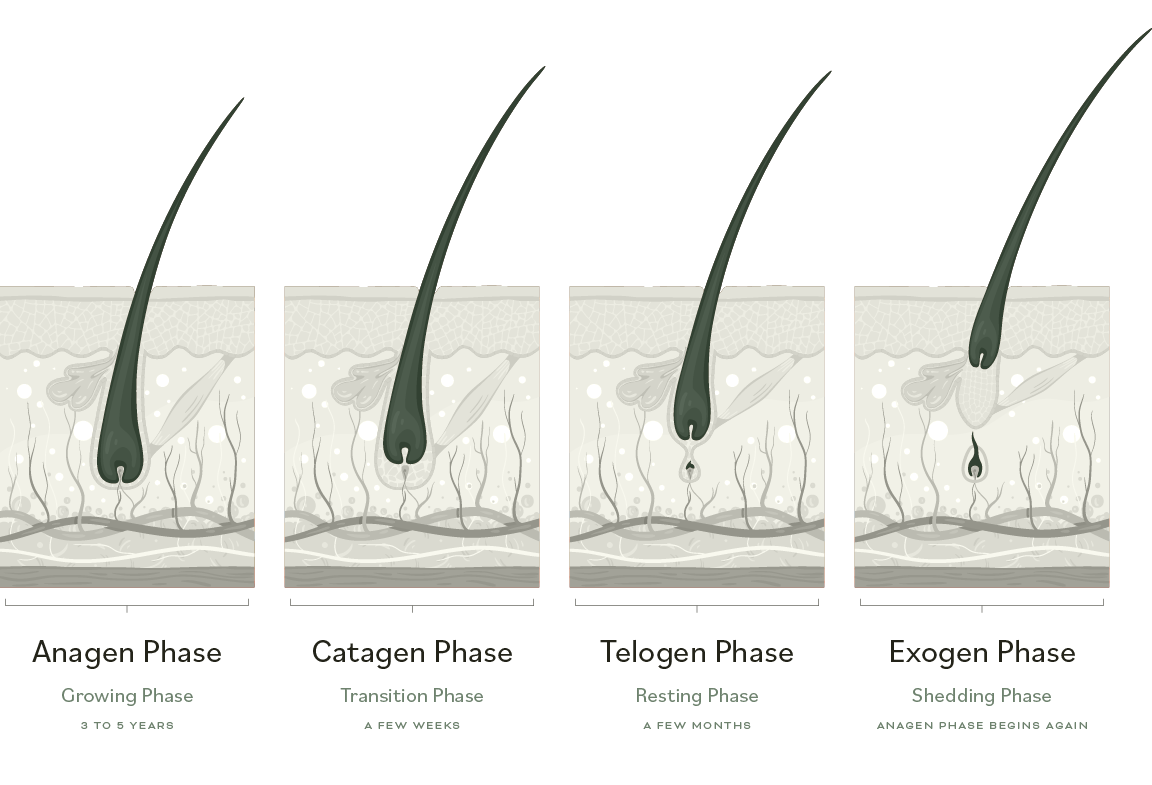
The Anagen Phase – This is the phase where the hair actually grows. The longer a hair is in the Anagen stage, the longer it will grow. The majority of our hairs are in this stage at any one time, with most lasting around 3-5 years until reaching the end of the Anagen phase.
The Catagen Phase – After finishing the growing stage, the hair will enter the Catagen phase. This is a transitional stage where the hair will detach from the Dermal Papilla (the hair’s blood supply) within the follicle, meaning the hair growth will stop. This phase tends to last a few weeks.
The Telogen Phase – This is otherwise known as the ‘resting’ phase, where the hair rests in the scalp and the follicle will lie dormant for a few months.
The Exogen Phase – This part of the cycle is where the hair actually falls out.
After resting in the skin for a period of time, the hair fibre will detach from the hair follicle and shed. A brand new hair will begin to grow, and the Anagen phase will start again.
The Hair Growth Cycle and Male Pattern Baldness
Male Pattern Baldness (MPB), otherwise known as Androgenetic Alopecia, is a common condition in men, and describes a loss of hair at the hairline or at the crown of the head.
After understanding the general hair life cycle, we can now see what happens to hair follicles when people experience MPB.
The hormone Dihydrotestosterone (DHT) is hugely responsible for Male Pattern Baldness. DHT affects hair follicles differently depending on someone’s genetic predisposition to experiencing hair loss, and it tends to shrink, weaken and eventually stop hair follicles on the scalp from producing new and healthy hairs.
DHT will shrink the hair follicles more and more after each cycle, producing a thinner hair each time. Eventually the hair is unable to even break through the skin, leading to baldness.
Experiencing Male Pattern Baldness?
If you think that you’re experiencing Male Pattern Baldness, you’ll probably want to know what your options are. Don’t worry, we’ve got you covered.
Check out our blog on ‘How Do I Treat Male Pattern Baldness’ here, and you’ll find the answers that you’re searching for.
